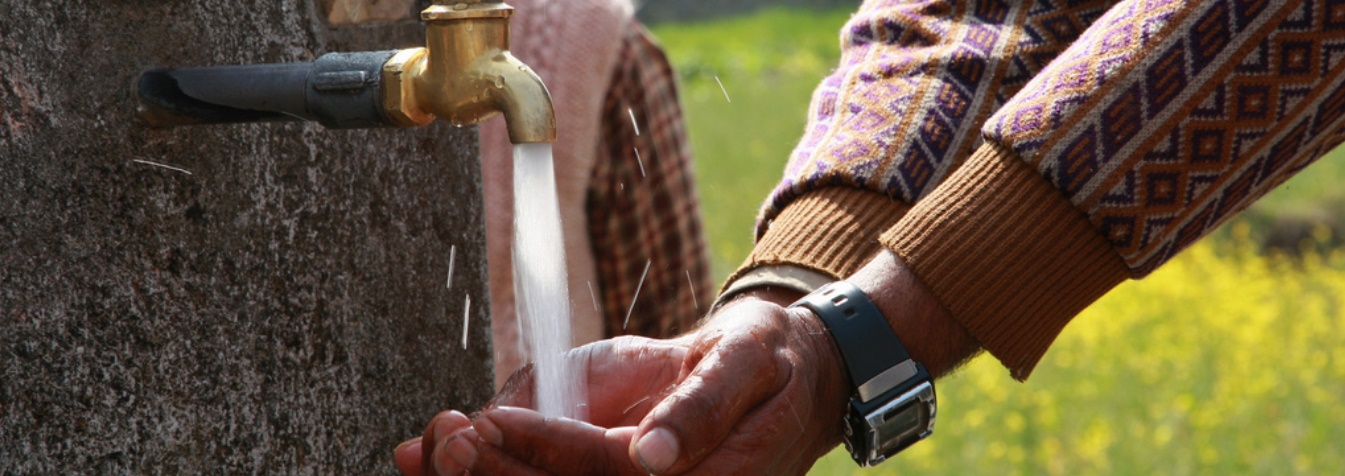
Before I introduce today’s topic of discussion, I think we need a quick recap on what has been presented this week in order to put today’s topic into perspective. We have so far talked about the effects climate change has on agriculture, energy, gender and health.
Underlying each of those discussions was the topic of water. It is necessary and sometimes harmful to human health. It is used to create hydroelectricity. In most of rural Africa, it is left to women to gather water. And rain is the mechanism used to sustain agriculture on the continent. It used to be that rain seasons were predictable to the week. For centuries, Africa’s farmers used this predictability to their advantage. They knew when it was time to harvest or when it was time prepare the land for planting because predictable changes in wind patterns, cloud formations and temperatures signaled the coming rain season.
Today, long extremes of rain and drought are the norm, not the exception. Many communities that are dependent on natural systems for survival are now more vulnerable than ever. This is not just in Africa, it is a world-wide problem:
“What we are seeing is there are more floods, more extreme weather events, higher temperature, more variable rainfalls and we believe that is caused by the climate change.
And we should expect this to increase, sadly,” Andrew Steer, the World Bank’s special envoy for the climate change, told reporters in the Vietnamese capital Hanoi.
Thailand’s worst floods in half a century have killed 533 people and damaged the homes and livelihoods of millions around the country.
In the neighboring Cambodia, the deadliest floods since 2000 have killed at least 247 people while more than 100 have died in Vietnam, mostly in the southern Mekong Delta.
Water is the glue the to the planet’s ecosystem balance. But everywhere we read, it seem like the planet is at war with itself. According to the World Bank’s page on climate change and water:
Extreme variability of precipitation is expected to place 2.8 billion people at risk of water shortages.
...
The effects on natural systems will be widespread: from accelerated glacier melt, altered precipitation, runoff, and groundwater recharge patterns, to extreme droughts and floods, water quality changes, saltwater intrusion in coastal aquifers and changes in water use.
As important as water is to humanity’s survival, it is telling that we don’t put more emphasis on ensuring that all sources of water are free from human interference. There is no room for man’s interference with the planet’s water supply. Examples of disregard for the purity of this life source, as depicted in this photo taken by Ida Horner on a recent trip to Madagascar, point to a complete lack of sensitization on how critical water sources are to developing countries.
But this is not just about our disrespect for the environment. It also illustrates exactly how critical to survival access to clean water is. The photo above illustrates that it is easier to bring the clothes and wash them in the lake than to find water near the home.
Pay close attention to the heavily deforested hills in the background. I can’t say that there’s a better picture illustrating how naked and vulnerable the environment has become. With water being an ingredient necessary to the survival of every living being on this planet, why are so irresponsible in taking care of it?
“Water is practically an issue tied with the existence of life because of its importance in nearly every area of development including sustaining life on the planet earth” (Akiyode, 2010).
In what ways can we be more responsible in taking care of our limited fresh water resources? How can we better provide clean water for those that need it? If we can’t build infrastructure to the last mile to make sure everyone has access to piped water, how far can distributed solutions like rain water harvesting schemes go to making sure vulnerable communities have access to water?
Once again, let’s hear your thoughts to this critical discussion. Next week, we’ll begin looking at some of the solutions you have contributed and discuss them at length.



